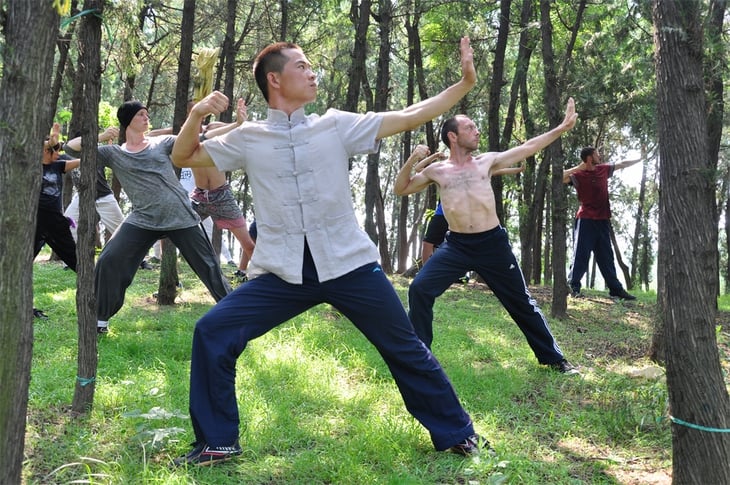
The Five Animal Plays of the famous physician Hua Tuo are widely practiced today - Photo: XN
5 types of animals chosen by Hua Tuo
That is the Five Animal Play - a type of physical training method that is both martial arts and a health practice created by the famous physician Hua Tuo (145-208), who was revered as a divine physician at the end of the Eastern Han Dynasty.
For over 1,800 years, the Five Animal Play has been mentioned as a living proof of the concept of “medicine and martial arts have the same origin” – medicine and martial arts are two sides that support the same goal: improving health and longevity.

Sculpture depicting Hua Tuo performing the Five Animal Plays - Photo: DY
According to the Book of the Later Han (Hou Hanshu), Hua Tuo observed natural life and realized that animals maintained their agility and flexibility thanks to instinctive movements.
He created a training system based on five animals: tiger, deer, bear, monkey and crane. Each animal is modeled into a series of movements, combined with regulated breathing.
Folklore calls it “hi” – meaning “play”, because practicing is like humans playing a role to recreate the spirit and demeanor of all creatures.
The Five Animal Play is not simply an imitation. In the “Tiger Play” movement, the practitioner stretches his arms, tightens his chest, and steps strongly to strengthen his muscles and encourage courage.
“Deer neigh” is inclined towards graceful movements, turning the body, and light steps to help stretch the tendons and regulate the liver and kidneys.
“Hung hi” (bear) focuses on shaking the shoulders and slowly rotating the hips, creating stability and steadiness for the main body. “Hau hi” is agile and skillful, juggling the arms and legs to simulate flexibility, thereby enhancing reflexes.

Five Animal Play postures in ancient books - Photo: CN
And the graceful "crane neighing", spreading arms, standing on one leg, lifting the body like a bird flapping its wings, helps regulate the lungs and maintain balance.
The origin of the Five Animal Play today no longer exists in the original copy from Hua Tuo's hand, but medieval books all mention this legendary martial art - health preservation.
During the Eastern Jin Dynasty, scholar Ge Hong in Bao Puzi described Hua Tuo's Taoist methods (a form of qigong practice). During the Song Dynasty, qigong books continued to be systematized into many different versions.
Modern research also acknowledges this as one of the most ancient and long-lasting qigong systems.
The martial arts value of the Five Animal Plays
So what is the martial art value of the Five Animal Play? Experts often make a clear distinction: this is not a combat exercise, not intended to directly defeat the opponent.
Instead, the Five Animal Plays are like a “foundational exercise”, strengthening the tendons and bones, improving breathing, enhancing balance and endurance – qualities necessary for martial arts training.
That is why many later schools of boxing, especially Shaolin or Southern Boxing, were more or less inspired by the animal images in the Five Animal Plays.

Elderly people in China often practice the Five Animal Play - Photo: XN
Simulating the posture of a crane spreading its wings or a tiger pouncing on its prey both trains the body and nourishes the spirit, creating a bridge between health care and martial arts.
Nowadays, the Five Animal Play is no longer considered a martial arts secret, but has become a popular health preservation method.
Clinical studies in the past two decades have shown significant effectiveness: a Chinese trial published in the Journal of Aging Research noted that 12 weeks of Wuqing practice improved balance and reduced the risk of falls in older adults.
Another analysis in Frontiers in Public Health (2020) confirmed that Wuqinxing had positive effects on cardiovascular and respiratory function.
These results reinforce the value of ancient exercises in the context of modern medicine, where the elderly increasingly need gentle yet effective exercise methods.
Contemporary martial arts circles value the Five Animal Play more in terms of foundation training than direct combat.
Chinese martial arts researcher Tran Vinh Huy commented: “The Five Animal Play is a combination of qigong and simulated martial arts movements. It does not help martial artists strike quickly and strongly immediately, but it creates a foundation of health, tendons and internal energy regulation – indispensable conditions for long-term martial arts practice.”
Source: https://tuoitre.vn/ngu-cam-hi-mon-vo-ren-luyen-co-the-cua-danh-y-hoa-da-20251004222144419.htm








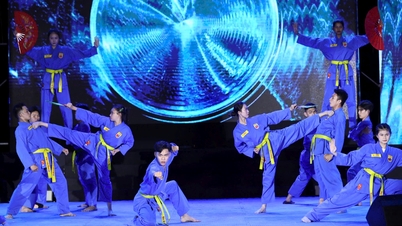

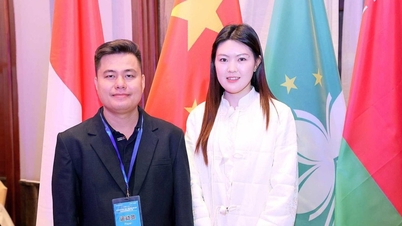
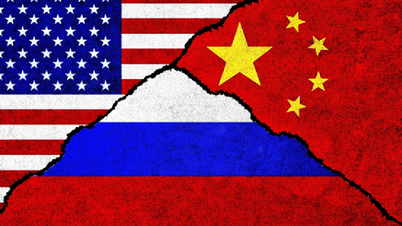

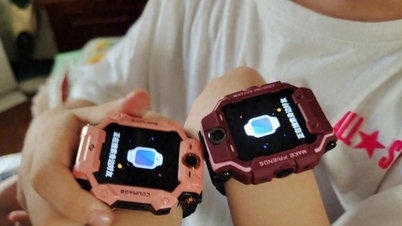




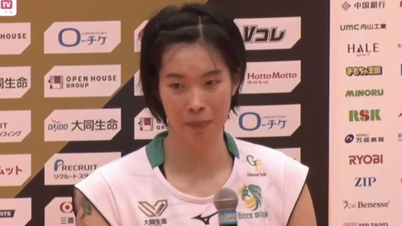







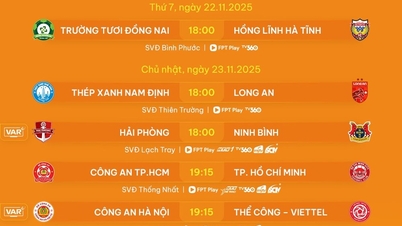







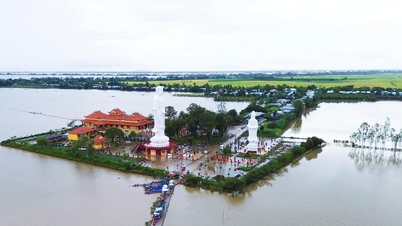
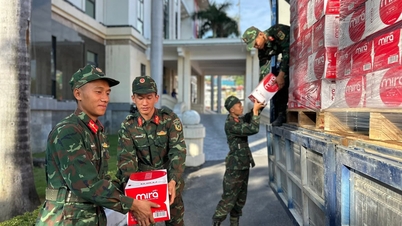
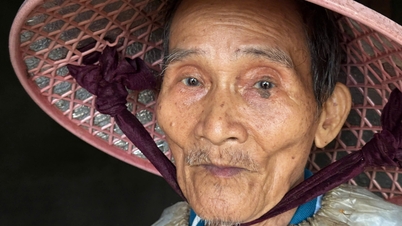
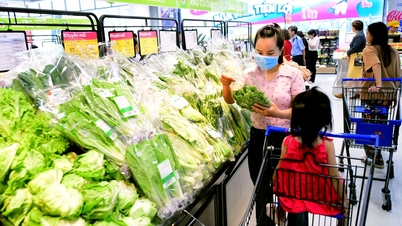













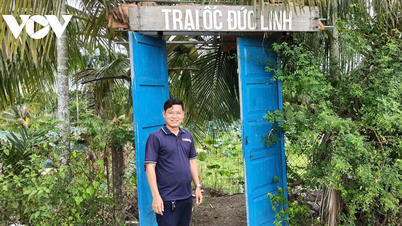

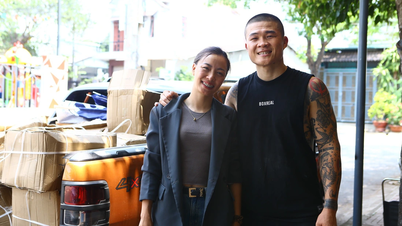




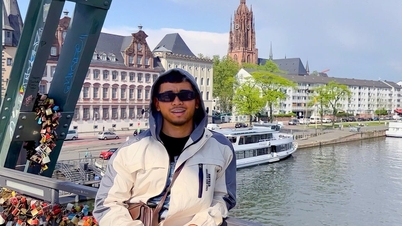



















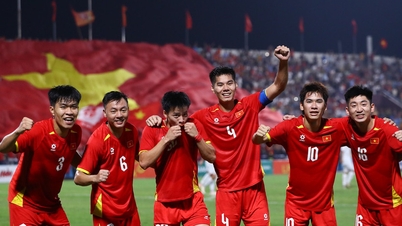






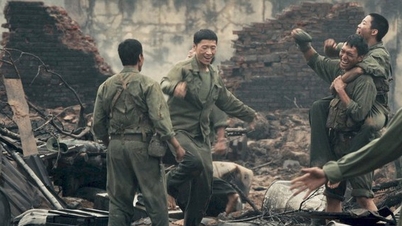








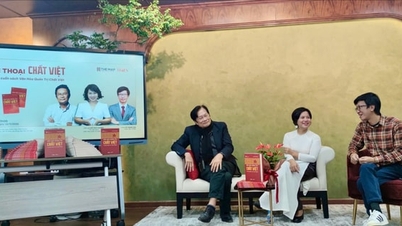












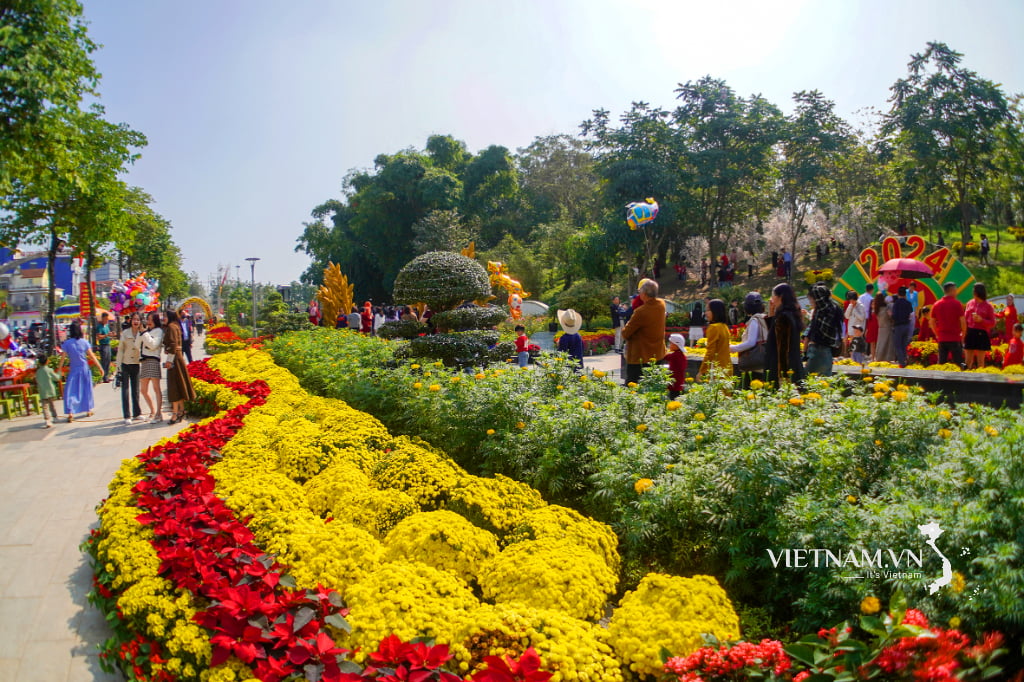


Comment (0)